It’s feeding time, and my heart is pounding. The skipper of our boat has spotted a dark shadow gliding beneath the surface. Moving closer to the edge, peering in to see if I can spot the shadow, I pull my dive mask into place.
“Everybody out!” he calls.
Not needing to be told twice, I slip into the cool water. A few seconds later, I’m fulfilling a long held dream. I’m snorkelling right next to two Manta Rays.


Backtracking a bit, here’s how this dream came to be reality.
It all started when I saw an image a few months ago of a snorkeller floating a few feet from a manta ray, it’s majestic figure lurking just beneath the water’s surface, and from that moment I knew I had to do the same. After a little digging, I soon learned Lady Elliot Island was the place to do it.
As soon as our charter plane touched down on the grassy landing strip, it was clear we had arrived somewhere special. Resort staff welcomed us from the side of the runway. Ben, one of the team members, gave us a personal tour of the facilities.
“You’ve come at just the right time”, he told us. “The Mantas have been arriving in large numbers, and the visibility is fantastic”.


After a short introduction video, we got acquainted with our home for the night. It wasn’t overly flash, but it possessed the relaxed, beachside charm that we were hoping to experience on the island. Our trip was about nature, not luxury.
A coral cay, Lady Elliot is about 80km northeast of Bundaberg in the Southern Great Barrier Reef. It’s small, only 42 hectares in size, and can be walked around in just 45 minutes.
Thanks to its isolated location, just 5km from the edge of the continental shelf where the water drops to over 1500m deep, Lady Elliot’s waters are a haven for marine life and were classified as a marine national park ‘Green Zone’ – the highest possible conservation level for a marine national park – in 2005.
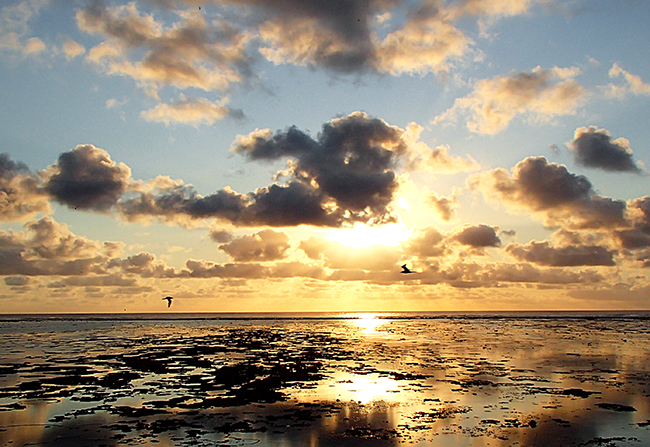

Established back in 1984, the eco resort was designed to minimise its impact on the island. In keeping with the island’s low impact philosophy, accommodation is basic but by no means uncomfortable. There are no televisions, phones or radios in the guest rooms, which only adds to the feeling of being off the beaten track.
Whether it’s watching green turtles nest in the sands, snorkelling with graceful manta rays, or scoping out whales as they pass on their annual migration, marine life is definitely one of the main drawcards, but not the only one.
Each year over 95 species of migratory birds flock to the island, so bird watching is not just a possibility, it’s unavoidable. From the Black Noddy and Buff-banded Rail to the Brown Booby, they’re everywhere. Tip: take a wide-brimmed hat with you!
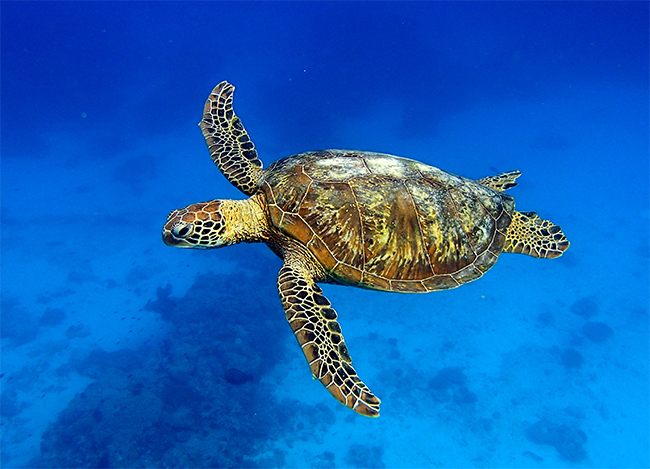

As a certified diver, diving was the island’s main attraction for me. Though I’ve done many dives, I’d never had the chance to see the Southern Great Barrier Reef. As you can imagine, I was especially keen to experience ‘the home of the manta rays’. Our visit in the middle of winter coincided with the annual manta migration.
After picking up our gear from the dive shop, we hopped on the back of the truck and made our way out to the beach. The glass bottom boat, our dive tender, was already waiting for us. Views through the glass bottom boat whet our appetite for the dive that was to come, and allowed us to check for mantas en route to the mooring point. Ten minutes later, we descended the line at our first dive site.
Called the Blowhole, it was an L-shaped cave with an opening at 14m that dropped down and out at around 22m. Due to the distance from the mainland, the waters around Lady Elliot are exceptionally clear, with 20m + visibility almost year round. The only things likely to disrupt your view of coral are passing turtles or Mantas.


On the first dive, we spotted four of the nine species of shark that commonly inhabit the surrounding reef structure. We saw a school of six Spotted Eagle Rays, but no Mantas, so opted to take a second dive at Lighthouse Bommie. A good decision! Not only did we see the mantas, but we also got to snorkel with them as the sun was fading. Soft golden light filled the water around us. It was a magical experience, and one I’m not likely to forget.
Out of the water, Lady Elliot still had plenty to offer. After dinner that night, we sat on fibreglass lounger chairs on the beach in front of our room and gazed up at the stars, listening to the ocean break on the fringing reef. Though we could see the faint glow of Bundaberg on the horizon, it felt like we were a million miles away.
That was probably one of the things I loved most about Lady Elliot, the feeling of stillness and quiet isolation. I’m not a hermit, but I appreciate the chance to simply rest and soak up my surroundings. Kicking back on the deck in front of the dining room, reading a good book and enjoying a couple of beers was magic.
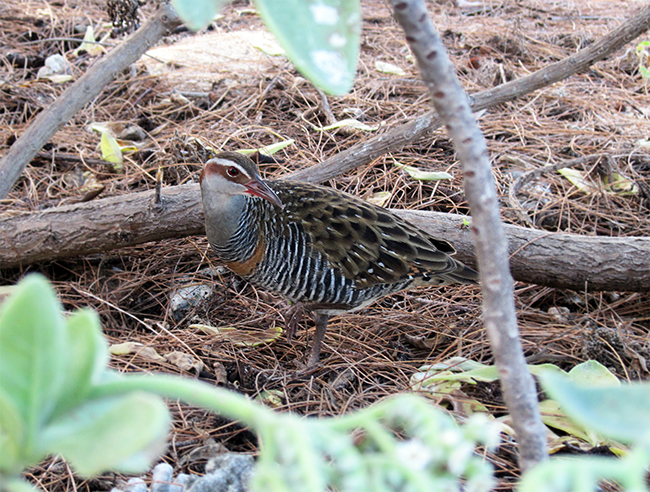

The following morning, we took some time to explore the rest of the island.
Built in 1873, the island’s historic lighthouse was an important navigational aid in years gone by. Pre-made in London and shipped to the island in pieces, it was the first lighthouse in Australia to have a timber frame and cast iron external cladding. The lighthouse keepers lived in a cottage beside the lofty structure, and received food supplies from the mainland originally every four months, later fortnightly.
The island was first occupied and used by Europeans from 1863 until 1973, when they brought Chinese and Malay workers to the island for guano mining. At the time, guano was a valuable fertiliser and gunpowder ingredient. The mining removed around 3 feet (91cm) of the surface soil, approx. 20,000 tonnes of guano, decimating the island’s vegetation and leaving just eight Pisonia trees. They remain today.


Aviator Don Adams started tourism and conservation on the island in the 1969, and with Queensland government approval began a revegetation program using native seedlings and shrubs from other nearby islands. Thanks to his efforts, the island is now a lush wildlife sanctuary. He was awarded for his conservation in 1994.
In terms of accommodation, Lady Elliot Island Eco Resort didn’t disappoint. We had R15; one of the reef units, and it featured a tastefully decorated interior with double bed, bunk bed and ensuite bathroom, plus a small fridge. Blackout curtains had to be pulled at night so as not to disturb turtle hatchlings on the beach. The low-impact nature of LEI was fantastic, and it seemed to co-exist with wildlife in harmony. It felt as though we were staying in the wildlife’s home, not the other way around.


When we climbed aboard the plane for the trip back to Bundaberg, we reflected on the amazing experience we’d just had. It was a brief stay, but that only served to whet our appetites for a return visit. The diving at Lady Elliot was by far the best I’ve personally experienced, and it won’t be long before I enjoy it all over again.
When You Go
Lady Elliot Island is accessible via Bundaberg, Hervey Bay and the Gold Coast with Seair Pacific. We spent a night at Bargara before and after visiting the island, giving us a chance to experience Bundaberg, home of the Bundaberg Rum distillery.
If you don’t want to stay the night, day tours are available.
Learn more about ladyelliot.com.au
Learn more about the southerngreatbarrierreef.com.au


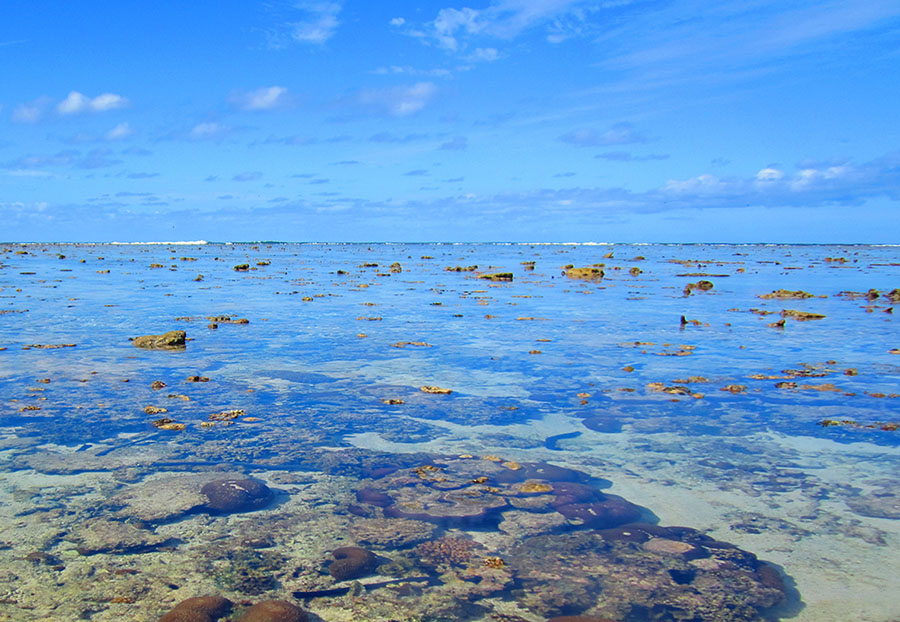
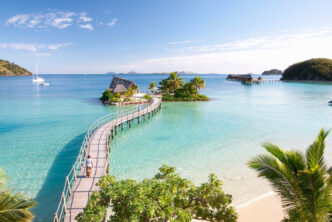
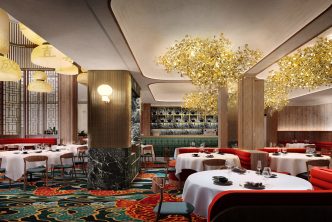
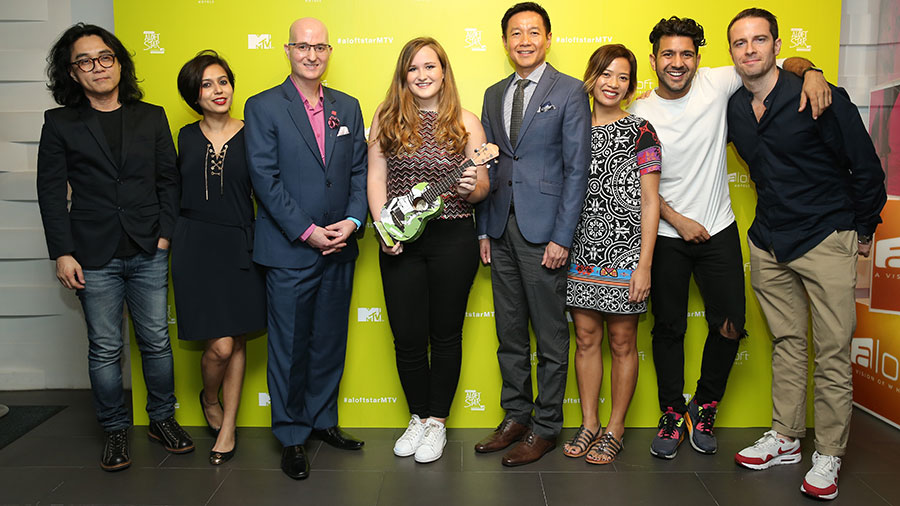
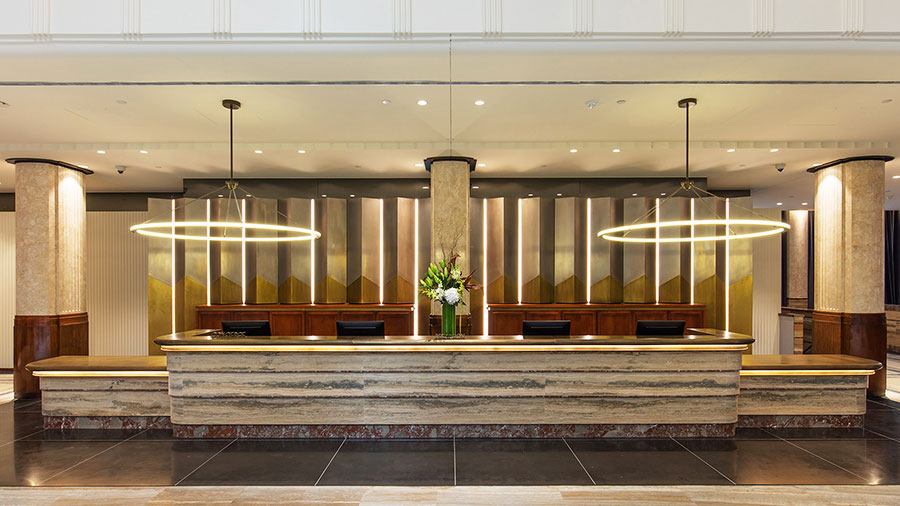












Great Article Chris. I would love to get to Heron or Lady Elliot island one day, the diving and snorkelling looks amazing! That turtle picture is excellent.
Thanks very much. I haven’t been to Heron yet but it’s definitely on my list. The diving at Lady Elliot was honestly the best I’ve experienced – huge mix of species and fantastic coral cover. The visibility was a little unsettling for me at first as I wasn’t able to gauge how far away things were, but I got used to it. Definitely recommend checking the island out.
Absolutely stunning photos. I can’t wait to visit and experience all this incredible undersea life for myself!
Thanks Kevin! It’s still up there with my favourite dive experiences ever. So much beauty in one small place.
What beautiful photography, Chris! Really makes this a place one wants to go.
Thanks Scott. It’s an incredible place
Although I’ve never heard of Lady Elliot Island before, it’s now on my dream destination list. It looks to be a magical place to visit.
Good to hear Mindi!